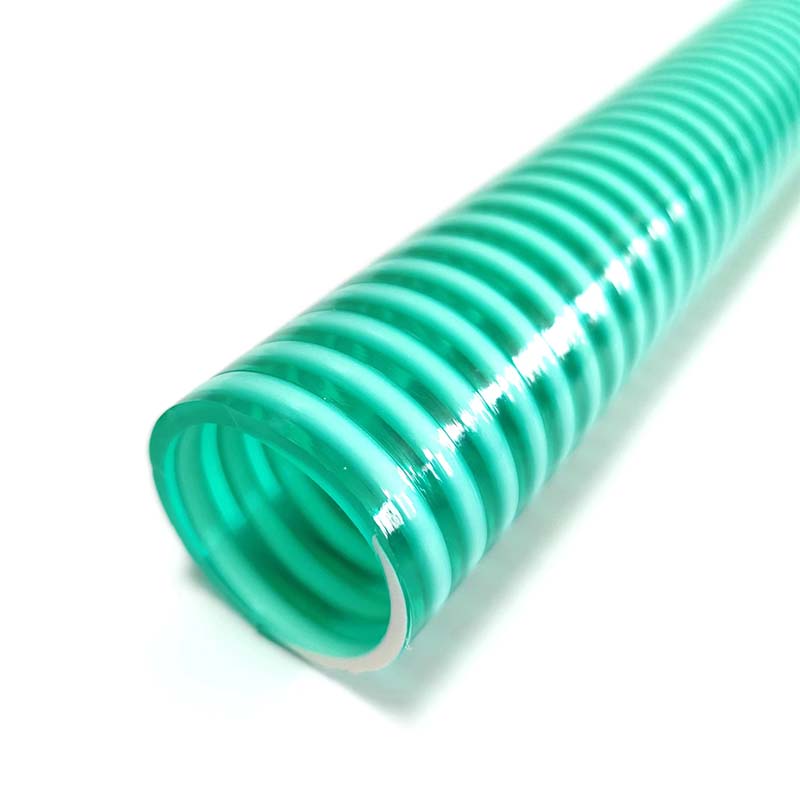Understanding Different Sizes of Flexible Plastic Hoses for Various Applications
Understanding Flexible Plastic Hose Sizes A Comprehensive Guide
Flexible plastic hoses are essential components utilized across various industries, including agriculture, construction, automotive, and household applications. Their versatility makes them suitable for transporting liquids, gases, and even solids in some cases. However, choosing the right flexible plastic hose size is crucial to ensure optimal performance and longevity. In this article, we will explore the different factors that affect hose size selection, the common sizes available, and tips for making the best choice for your needs.
Factors Influencing Hose Size Selection
1. Application Requirements The first step in selecting the appropriate hose size is understanding its intended application. For instance, if the hose is being used for irrigation, the water flow rate and pressure requirements must be considered. On the other hand, a hose for a vacuum cleaner would require a different size to ensure efficient suction.
2. Flow Rate Another critical factor is the required flow rate, which is the volume of fluid that needs to pass through the hose within a specified period. A larger diameter hose can accommodate a higher flow rate, while a smaller hose may restrict flow, leading to inefficiency and potential damage to the system.
3. Pressure Rating Each flexible plastic hose has a maximum pressure rating, which indicates the amount of pressure the hose can safely handle without bursting or deforming. When choosing a hose size, it’s essential to ensure that the pressure it will be subject to does not exceed the hose's rating.
4. Bend Radius The bend radius refers to the tightness of the curve that the hose can make without kinking or collapsing. A smaller bend radius could necessitate a larger diameter hose to maintain adequate flow and prevent damage.
5. Temperature The operating temperature of the application can also impact the choice of hose size. Certain materials can expand or contract with temperature changes, which may affect the hose's performance and durability.
Common Hose Sizes
Flexible plastic hoses come in a variety of sizes, typically measured by their nominal diameter, which is the internal diameter of the hose. Some common sizes include
flexible plastic hose sizes

- 1/4 inch Often used for low-pressure applications, such as air tools and small pumps. - 3/8 inch Suitable for medium flow applications, including garden hoses and automotive uses. - 1/2 inch A popular choice for irrigation and household use, providing a good balance between flow rate and manageable size. - 3/4 inch Commonly used in larger garden hoses and industrial applications where higher flow rates are required. - 1 inch and above Used primarily in commercial and industrial settings, allowing for significant fluid transfer and handling.
The choice of size may also depend on regional standards and the specific requirements of the equipment or systems with which the hose will be used.
Tips for Choosing the Right Hose Size
1. Consult Manufacturer Guidelines Always refer to the manufacturer’s specifications and guidelines for the hose you are considering. They often provide valuable information on ideal applications, maximum flow rates, and pressure limits.
2. Consider Future Needs It’s smart to anticipate potential future requirements. If you think you may need a hose for a different application later, opting for a slightly larger size can provide flexibility.
3. Test Before Full Installation When possible, perform a test with the selected hose size in your application. This can help identify any issues with flow, pressure, or kinking before making a larger investment.
4. Seek Expert Advice If in doubt, consult with a hose specialist or an industry expert. They can provide insights tailored to your specific situation and help you make an informed choice.
Conclusion
Choosing the right flexible plastic hose size is a vital step in ensuring the efficiency and reliability of your operations. By understanding the factors that affect hose selection, familiarizing yourself with common sizes, and following practical tips, you can make an informed decision that meets your needs. Whether for industrial use or everyday household tasks, the right hose will contribute significantly to the effectiveness of your fluid transfer tasks.
-
Top Quality Oxy Acetylene Hoses for Sale Fit for Welding DemandsNewsJul.28,2025
-
The Future of Pneumatic Air Tubes in IndustryNewsJul.28,2025
-
Superior and Reliable LPG Hose Pipe Solutions for Every NeedNewsJul.28,2025
-
Exceptionally Durable and Versatile Premium Braided PVC TubingNewsJul.28,2025
-
Best Adapters for Connecting Garden Hose to PVC Pipe ConnectionsNewsJul.28,2025
-
The Essential Role of LPG Hoses in Safe and Efficient Gas DistributionNewsJul.16,2025














